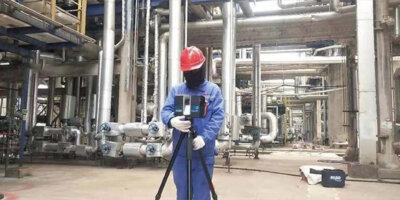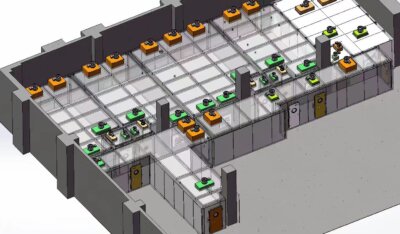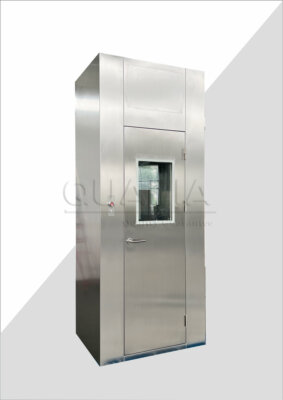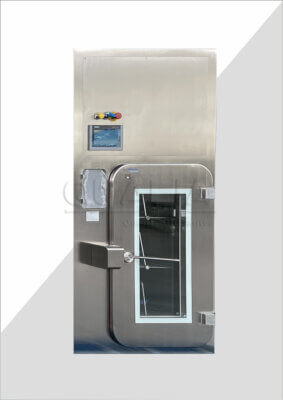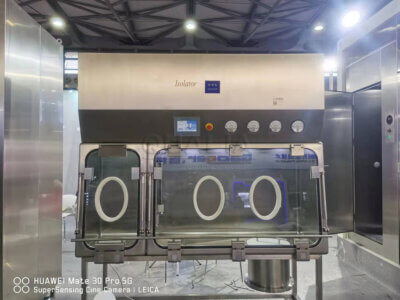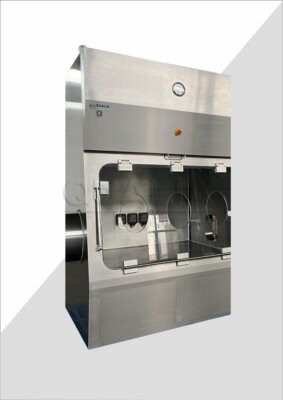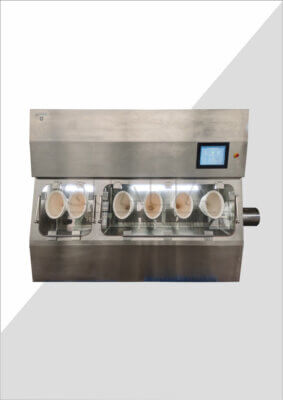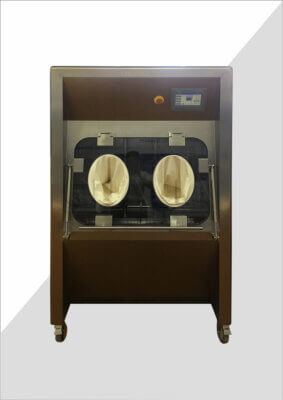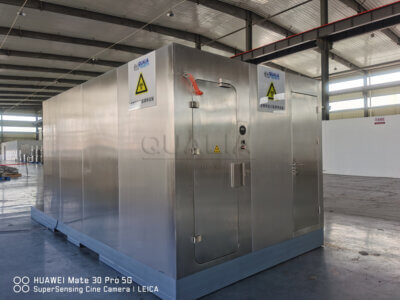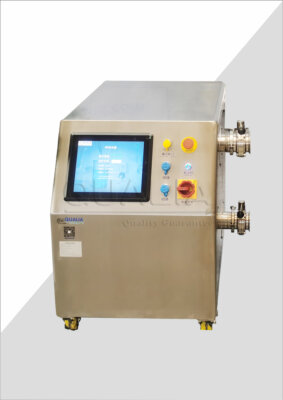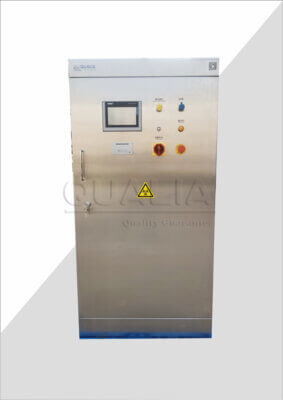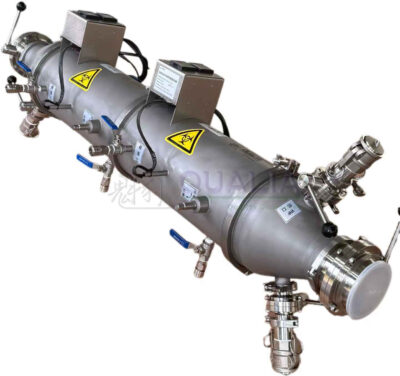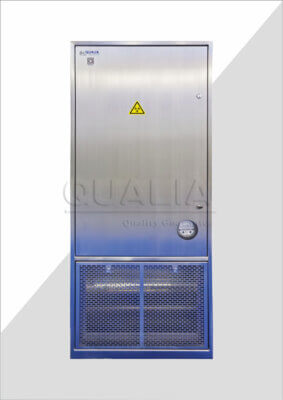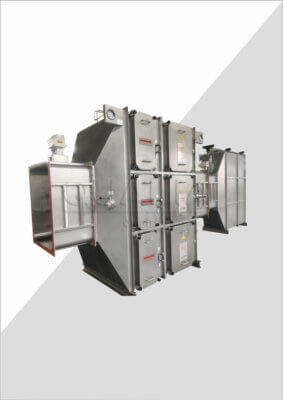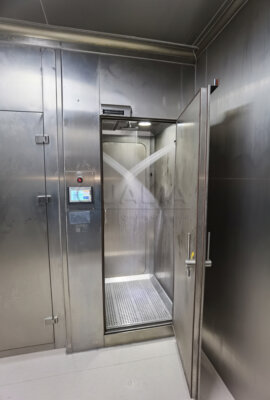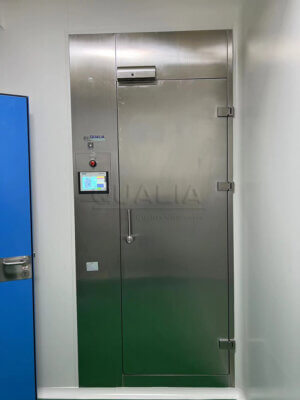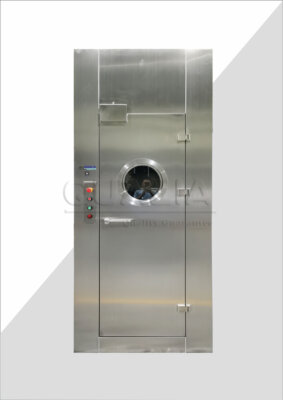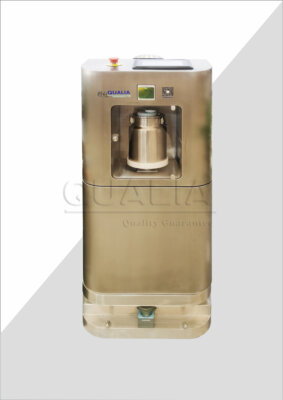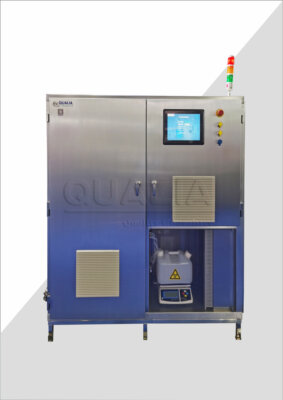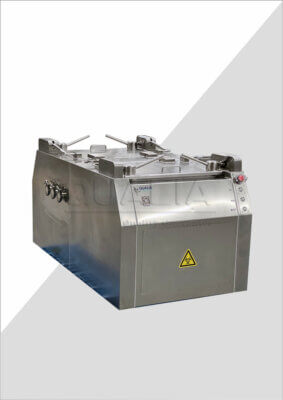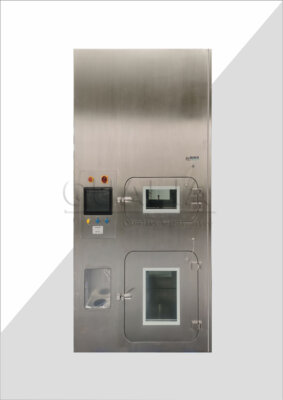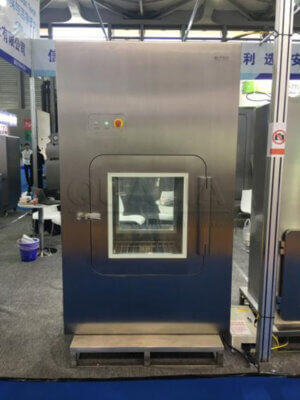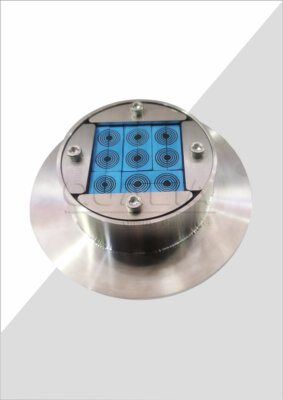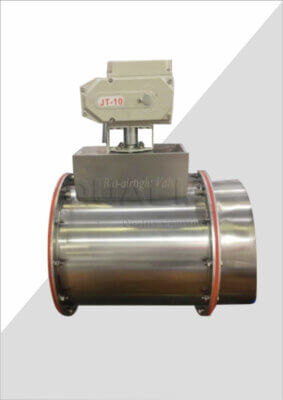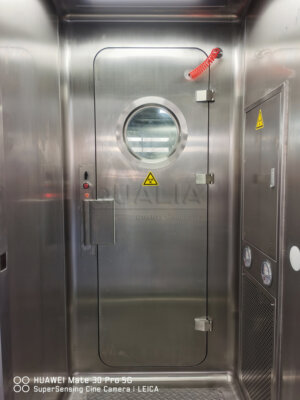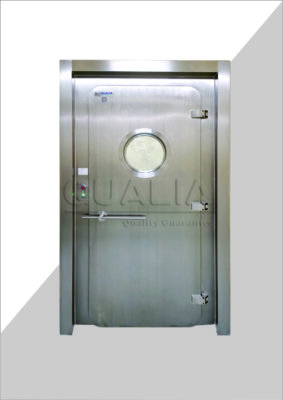In the world of pharmaceutical manufacturing and cleanroom operations, the quest for optimal contamination control while maintaining operational efficiency has led to the development of various barrier systems. Among these, Closed Restricted Access Barrier Systems (cRABS) have emerged as a compelling solution, offering improvements over traditional isolator systems. This article delves into the ergonomic advantages of cRABS, exploring how they enhance operator comfort and productivity without compromising sterility assurance.
As the pharmaceutical industry continues to evolve, the importance of ergonomics in aseptic processing environments cannot be overstated. cRABS represent a significant step forward in balancing the stringent requirements of sterile manufacturing with the need for operator-friendly workspaces. By addressing the limitations of isolators while maintaining high levels of contamination control, cRABS are revolutionizing the way we approach cleanroom operations.
The journey from isolators to cRABS reflects a broader industry trend towards more flexible, efficient, and ergonomic solutions. As we transition into the main content of this article, we'll explore the key features that make cRABS an attractive option for many pharmaceutical manufacturers, and how these systems are reshaping the landscape of aseptic processing.
cRABS offer superior ergonomics compared to traditional isolators, allowing for improved operator comfort and efficiency while maintaining a high level of sterility assurance.
What are the key ergonomic differences between cRABS and isolators?
The fundamental ergonomic differences between cRABS and isolators lie in their design philosophy and operational approach. cRABS are engineered with a focus on operator accessibility and ease of use, while isolators prioritize absolute containment at the expense of flexibility.
In essence, cRABS provide a more open working environment, typically featuring glove ports and transfer ports that allow for easier manipulation of materials and equipment. This design reduces the physical strain on operators and allows for more natural movements during extended work periods.
Isolators, on the other hand, are fully enclosed systems that require operators to work through fixed glove ports, often in more constrained positions. While this design ensures maximum containment, it can lead to increased operator fatigue and reduced efficiency over time.
cRABS offer up to 30% improved ergonomic efficiency compared to traditional isolators, resulting in reduced operator fatigue and increased productivity.
| Feature | cRABS | Isolators |
|---|---|---|
| Workspace accessibility | High | Limited |
| Operator movement range | Wide | Restricted |
| Glove port flexibility | Adjustable | Fixed |
| Ergonomic stress | Lower | Higher |
The ergonomic advantages of cRABS extend beyond mere comfort. By reducing physical strain and allowing for more natural movements, these systems can significantly improve operator performance and reduce the risk of errors associated with fatigue. This balance between ergonomics and contamination control is crucial in maintaining product quality and operational efficiency in pharmaceutical manufacturing.
How does cRABS design impact operator comfort and efficiency?
The design of cRABS takes into account the human factor in aseptic processing, prioritizing operator comfort without compromising sterility. This human-centric approach is evident in several key design features that set cRABS apart from traditional isolators.
One of the most notable aspects of cRABS design is the use of flexible barriers and adjustable glove ports. These features allow operators to work in more natural positions, reducing the strain on their arms, shoulders, and back during extended periods of operation.
Additionally, cRABS often incorporate better lighting and visibility, which can significantly reduce eye strain and improve overall working conditions. The more open design also facilitates better air circulation, creating a more comfortable working environment for operators.
Studies have shown that operators working with cRABS report up to 40% less physical discomfort compared to those working with traditional isolators, leading to improved job satisfaction and reduced absenteeism.
| Design Feature | Impact on Operator |
|---|---|
| Flexible barriers | Reduced physical strain |
| Adjustable glove ports | Improved ergonomics |
| Enhanced lighting | Reduced eye strain |
| Better air circulation | Increased comfort |
The cumulative effect of these design improvements is a work environment that not only meets stringent sterility requirements but also promotes operator well-being and productivity. By addressing the ergonomic challenges associated with traditional isolators, cRABS enable pharmaceutical manufacturers to optimize their aseptic processing operations while prioritizing the health and efficiency of their workforce.
What role does material transfer play in ergonomic considerations?
Material transfer is a critical aspect of aseptic processing that significantly impacts operator ergonomics. The method and ease of transferring materials in and out of the controlled environment can make a substantial difference in operator comfort and efficiency.
cRABS typically offer more ergonomic material transfer solutions compared to traditional isolators. These systems often feature rapid transfer ports (RTPs) or mouse hole designs that allow for smoother, less physically demanding material transfers.
In contrast, isolators may require more complex transfer procedures, such as pass-through chambers or airlock systems, which can be more time-consuming and physically demanding for operators.
Ergonomic material transfer systems in cRABS can reduce the time spent on material handling by up to 25%, significantly decreasing operator fatigue and improving overall process efficiency.
| Transfer Method | cRABS | Isolators |
|---|---|---|
| Rapid Transfer Ports | Common | Less common |
| Mouse Hole Design | Often available | Rarely available |
| Pass-through Chambers | Simplified | Complex |
| Ergonomic Impact | Lower strain | Higher strain |
The improved ergonomics of material transfer in cRABS not only enhances operator comfort but also contributes to faster, more efficient processes. This reduction in physical strain and time spent on material handling allows operators to focus more on critical tasks, potentially leading to improved product quality and increased productivity.
How do maintenance and cleaning procedures affect operator ergonomics?
Maintenance and cleaning procedures are essential aspects of aseptic processing that can significantly impact operator ergonomics. The ease with which these tasks can be performed not only affects the efficiency of the operation but also the physical well-being of the operators.
cRABS typically offer more ergonomic solutions for maintenance and cleaning compared to traditional isolators. The more open design of cRABS allows for easier access to internal components, reducing the need for awkward postures or prolonged reaching during cleaning and maintenance tasks.
Furthermore, cRABS often incorporate features such as removable panels or modular components that can be easily disassembled for thorough cleaning. This design approach not only simplifies the cleaning process but also reduces the physical strain on operators during these essential tasks.
Ergonomic improvements in cRABS maintenance and cleaning procedures can reduce the time spent on these tasks by up to 35%, leading to decreased operator fatigue and increased overall system uptime.
| Aspect | cRABS | Isolators |
|---|---|---|
| Access for cleaning | Easier | More challenging |
| Maintenance accessibility | High | Limited |
| Disassembly for cleaning | Often possible | Rarely possible |
| Ergonomic impact of procedures | Lower strain | Higher strain |
The ergonomic advantages of cRABS in terms of maintenance and cleaning procedures extend beyond operator comfort. By simplifying these tasks, cRABS can help reduce the risk of contamination associated with inadequate cleaning or maintenance, thereby contributing to improved product quality and regulatory compliance.
What impact does cRABS have on operator training and adaptability?
The design and operation of cRABS have significant implications for operator training and adaptability. The more intuitive and ergonomic nature of cRABS often results in a shorter learning curve for operators, allowing them to become proficient more quickly compared to traditional isolator systems.
cRABS typically feature more user-friendly interfaces and controls, which can be easier for operators to understand and master. This ease of use not only accelerates the training process but also reduces the likelihood of errors during operation.
Moreover, the improved ergonomics of cRABS can make it easier for operators to adapt to different tasks or product changeovers. The more flexible design allows for greater versatility in manufacturing processes, potentially reducing the need for extensive retraining when switching between different product lines.
Operators working with cRABS typically achieve full proficiency up to 20% faster than those working with traditional isolators, leading to reduced training costs and faster time-to-market for new products.
| Aspect | cRABS | Isolators |
|---|---|---|
| Learning curve | Shorter | Longer |
| User interface | More intuitive | More complex |
| Adaptability to new tasks | Higher | Lower |
| Training time | Reduced | Extended |
The improved ergonomics and user-friendliness of cRABS not only benefit individual operators but can also have positive implications for the entire manufacturing operation. By reducing the time and resources required for training, and by enabling greater flexibility in production processes, cRABS can contribute to increased operational efficiency and agility in pharmaceutical manufacturing.
How does cRABS technology address long-term health concerns for operators?
Long-term health concerns for operators in aseptic processing environments are a critical consideration in the design and implementation of barrier systems. cRABS technology addresses these concerns through various ergonomic improvements that can significantly reduce the risk of repetitive strain injuries and other occupational health issues.
The more natural working positions allowed by cRABS, combined with adjustable workstations and glove ports, can help prevent musculoskeletal disorders that are often associated with prolonged work in constrained environments. This is particularly important for operators who spend long hours performing precise, repetitive tasks.
Additionally, the improved visibility and lighting in cRABS can reduce eye strain and the risk of headaches associated with poor viewing conditions. The better air circulation in cRABS can also contribute to a healthier working environment, potentially reducing respiratory issues that may arise from prolonged exposure to cleanroom conditions.
Studies have shown that operators working with ergonomically designed cRABS report up to 50% fewer work-related health complaints over a five-year period compared to those working with traditional isolators.
| Health Aspect | cRABS Impact | Isolator Impact |
|---|---|---|
| Musculoskeletal strain | Reduced | Higher risk |
| Eye strain | Minimized | More common |
| Respiratory comfort | Improved | Potential issues |
| Overall physical comfort | Enhanced | More challenging |
By addressing these long-term health concerns, cRABS technology not only improves the immediate working conditions for operators but also contributes to their overall well-being and career longevity. This focus on operator health can lead to reduced absenteeism, improved job satisfaction, and ultimately, a more stable and experienced workforce in pharmaceutical manufacturing.
What future developments can we expect in cRABS ergonomics?
As technology continues to advance, we can expect to see further improvements in cRABS ergonomics. These developments will likely focus on enhancing operator comfort, efficiency, and overall system performance while maintaining the high standards of sterility assurance required in pharmaceutical manufacturing.
One area of potential development is the integration of advanced robotics and automation into cRABS. This could include collaborative robots or "cobots" that work alongside human operators, handling repetitive or physically demanding tasks while allowing operators to focus on more complex, value-added activities.
Another promising avenue is the application of virtual and augmented reality technologies. These could be used to provide real-time guidance to operators, enhance training processes, or even allow for remote operation and troubleshooting of cRABS systems.
Industry experts predict that by 2030, over 60% of cRABS will incorporate some form of advanced automation or AI-assisted operation, significantly enhancing ergonomics and operational efficiency.
| Future Development | Potential Impact |
|---|---|
| Advanced robotics | Reduced physical strain |
| AR/VR integration | Enhanced training and operation |
| AI-assisted systems | Improved efficiency and error reduction |
| Modular design | Increased flexibility and customization |
QUALIA is at the forefront of these developments, continually innovating to improve the ergonomics and efficiency of cRABS technology. Their commitment to advancing cleanroom technology ensures that pharmaceutical manufacturers have access to the most cutting-edge solutions for aseptic processing.
As we look to the future, it's clear that the evolution of cRABS will continue to prioritize operator ergonomics alongside contamination control. These advancements will not only improve working conditions for operators but also contribute to increased productivity, product quality, and overall manufacturing efficiency in the pharmaceutical industry.
Conclusion
The transition from traditional isolators to Closed Restricted Access Barrier Systems (cRABS) represents a significant leap forward in balancing the stringent requirements of aseptic processing with the ergonomic needs of operators. Throughout this article, we've explored the numerous ways in which cRABS improve upon isolator systems, offering enhanced operator comfort, efficiency, and long-term health benefits without compromising on sterility assurance.
From the fundamental design differences that allow for more natural working positions to the ergonomic advantages in material transfer and maintenance procedures, cRABS have demonstrated their superiority in creating a more operator-friendly environment. The reduced physical strain, improved visibility, and better air circulation all contribute to a work setting that not only meets regulatory standards but also prioritizes the well-being of the workforce.
The impact of these ergonomic improvements extends beyond immediate comfort. We've seen how cRABS can lead to faster operator training, increased adaptability to different tasks, and significant reductions in work-related health complaints over time. These benefits translate into tangible advantages for pharmaceutical manufacturers, including reduced absenteeism, improved job satisfaction, and ultimately, a more stable and experienced workforce.
As we look to the future, the continued evolution of cRABS technology promises even greater advancements in ergonomics and efficiency. The integration of robotics, AI-assisted operations, and virtual reality training systems are just a few of the exciting developments on the horizon.
In conclusion, the ergonomic advantages of cRABS over isolator systems are clear and significant. By choosing Operator ergonomics: cRABS vs isolators, pharmaceutical manufacturers can ensure they are not only meeting the highest standards of contamination control but also providing their operators with a work environment that promotes comfort, efficiency, and long-term health. As the industry continues to evolve, cRABS stand out as a forward-thinking solution that balances the critical needs of sterile manufacturing with the equally important considerations of operator ergonomics and well-being.
External Resources
Open RABS, Closed RABS and Isolators: How to Choose? – This article compares Open RABS, Closed RABS (cRABS), and isolators, focusing on their features, applications, and the balance between operator access and contamination control. It highlights the ergonomic and flexibility differences between these systems.
RABS vs Isolators: Understanding the differences – This resource from Esco Pharma explains the differences between RABS and isolators, including their decontamination methods, assurance of separation, and surrounding environment requirements. It also touches on capital and operating costs, which can influence ergonomic considerations.
What is the Difference Between RABS and Isolator? – This article provides a detailed comparison between RABS (including cRABS) and isolators, discussing their definitions, functionalities, and applications. It emphasizes the flexibility and ergonomic efficiency of RABS compared to the strict sterility maintained by isolators.
- Aseptic Transfer Systems Into and Out of Barrier Isolators and RABS – This publication discusses the aseptic transfer systems for materials into and out of barrier isolators and RABS. While it does not focus solely on ergonomics, it provides insights into the operational aspects of these systems, which can be relevant to operator ergonomics.
Related Contents:
- cRABS Material Transfer: Ensuring Sterile Product Flow
- Selecting cRABS: Advantages Over Isolator Systems
- cRABS Flexibility: Advantages Over Rigid Isolators
- cRABS in Sterile Drugs: Enhancing Aseptic Production
- cRABS vs Isolators: Optimizing Product Transfer
- Top 5 Benefits of cRABS in Pharma Manufacturing
- cRABS or Isolators: Cost Analysis for Pharma Facilities
- cRABS Applications in Aseptic Pharmaceutical Production
- Ergonomic Standards for Biosafety Cabinets


